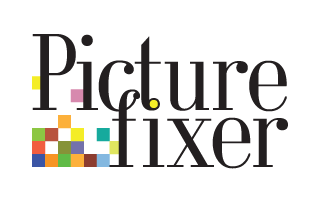Credit – State Library of Queensland – Thanks very much to the State Library of Queensland for their “Caring for your collections” resources – reproduced here with permission.
Outlined in this guide are steps to salvage water damaged paper, book, photographic, and audio-visual collections. It is important to attend to the damage as quickly as possible to prevent permanent damage and mould growth. The chart is designed for quick reference.
Safety Precautions
Equipment and materials
Setting up
- Once you are able to safely access your home and your precious collections, you will need to work quickly and in a methodical manner. Do not panic.
- Use the chart below to prioritise which material needs treating first.
- Firstly, move all items that are on the floor to clear your access path to other damaged materials.
- Begin your collection salvage with material labelled Salvage Priority 1 (see Salvage Chart below).
- Find a location away from risk that is dust free, cool, well ventilated, and as dry as possible and set this up as your treatment area.
- Line tables and other flat surfaces with absorbent material such as paper towels, butchers paper, or blotting paper. These need to be changed regularly.
Creating the right salvage environment
- Once you are able to safely access your home and your precious collections, you will need to work quickly and in a methodical manner. Do not panic.
- Use the chart below to prioritise which material needs treating first.
- Firstly, move all items that are on the floor to clear your access path to other damaged materials.
- Begin your collection salvage with material labelled Salvage Priority 1 (see Salvage Chart below).
- Find a location away from risk that is dust free, cool, well ventilated, and as dry as possible and set this up as your treatment area.
- Line tables and other flat surfaces with absorbent material such as paper towels, butchers paper, or blotting paper. These need to be changed regularly.
- To speed up the drying process and to minimise mould growth, it is important to dry objects as quickly as possible. Create good air movement and lower humidity.
- Use fans to maximise air circulation and speed up drying. Keep them at a low speed and do not direct the air flow directly at drying materials.
- As high humidity will encourage mould growth, it is a good idea to use portable dehumidifiers. These can be hired from hire shops and a number of specialist suppliers.
- Do not use heaters or hair dryers as they will encourage the growth of mould and can cause distortion of certain objects.
- Remember to keep replacing absorbent paper when it becomes damp. If this is not done, there is a greater chance of mould activity and physical distortion.
- Keep all identifying information with the objects.
| Material | Salvage Priority | Handling Concerns | Salvage Method |
|---|---|---|---|
| Photographic Materials
(including digital prints) |
1
Requires immediate attention |
|
Buy some time:
|
| Motion picture film | 1 Requires immediate attention |
|
Buy some time:
|
| Paper documents | 2 Can be frozen and treated later |
|
Buy some time:
|
| Books | 2 Can be frozen and treated later |
|
Buy some time:
|


